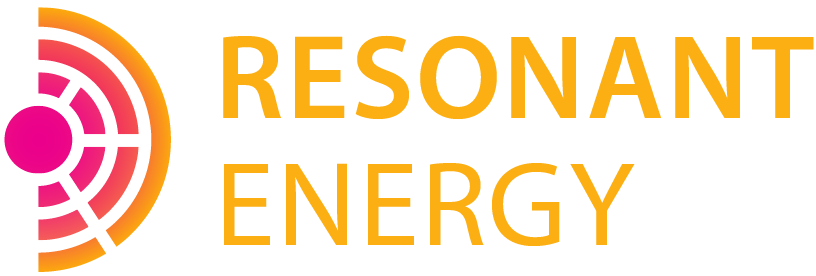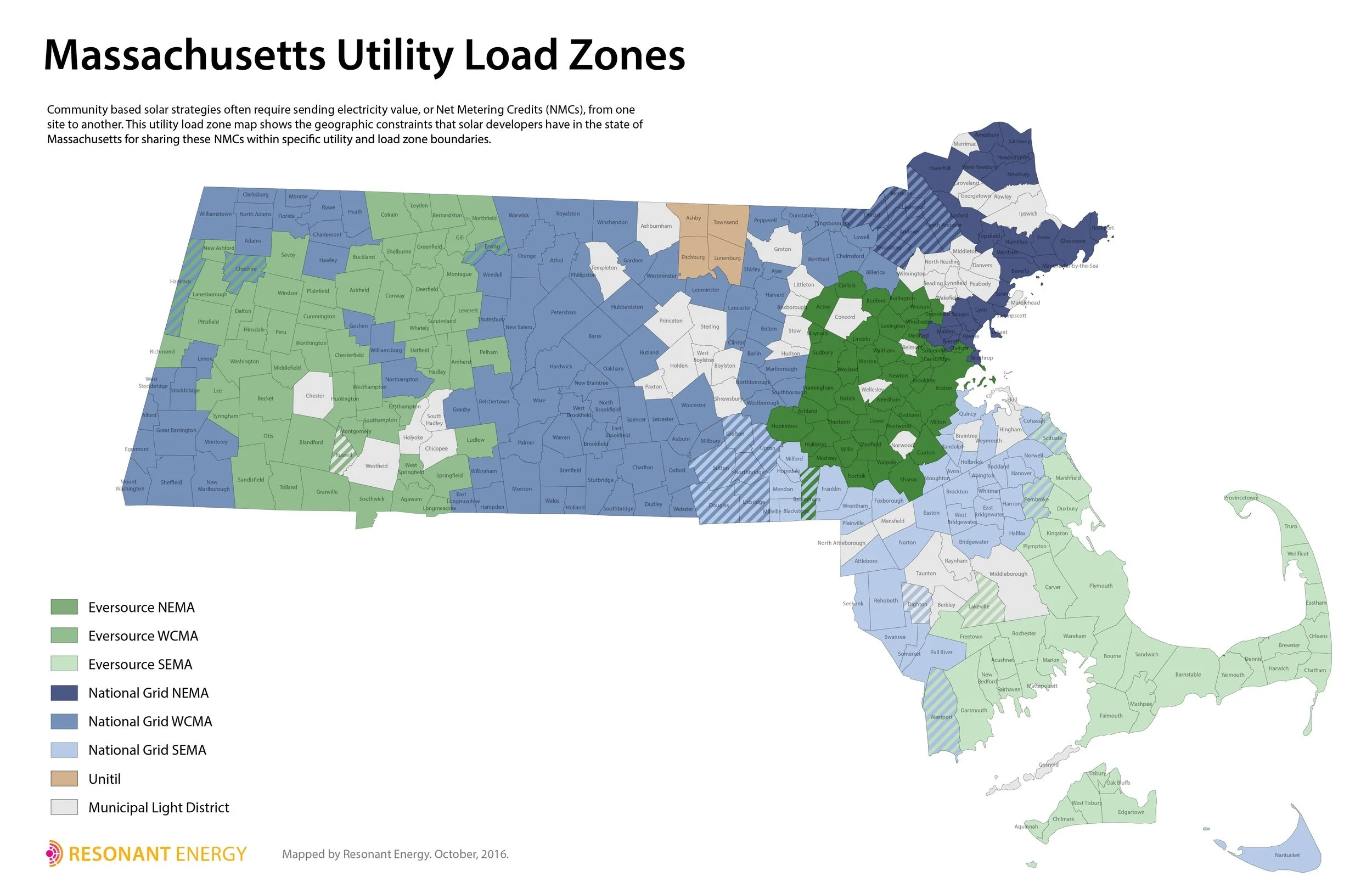SMART 3 - New Horizons for Solar in Massachusetts
By Rachel Gentile and Priyanka Gopinath
For years, Massachusetts has been a leader in progressive solar policy, paving the way for the relatively small Bay State to be ranked #13 in nationwide solar deployment. With the release of the new Solar Massachusetts Renewable Target or SMART 3 program, the state is laying the groundwork for future investments in solar. In this blog post, we’ve summarized the key changes in this new version of the program and outlined all of the key eligibility requirements.
Background on SMART - Why is this update important?
Previous versions of the SMART Program were based on a declining block structure, which meant that as more solar energy came online, the value of SMART incentives decreased. Over the last few years, SMART rates have become so low that many projects have opted to forego SMART entirely in favor of selling renewable energy credits (RECs) on the open market (which is worth approximately 3 cents / kWh in value). SMART values have been particularly low in the western half of the state, where much of the capacity was allocated to large greenfield developments in the early years of the program (2018-2020). With the launch of SMART 3, the Department of Energy Resources is rebalancing incentives across the state, significantly improving the economics for many different project types.
The Utility Load Zones are shown in the map above. The zones that are seeing the largest increase in SMART values are Eversource West (medium green) and all of National Grid (blue).
In addition to rebalancing the incentives, the SMART 3 program comes at a crucial time for solar development. In 2026, the federal incentives for solar will begin phasing out. The additional revenue that projects generate from the new SMART program will mitigate the impact of these lost federal incentives, enabling Massachusetts organizations to continue funding critical solar investments.
Eligibility:
In order for a project to be eligible for SMART 3, it must meet one of the following criteria
Project must provide documentation to show that on-site construction did not begin before June 20, 2025.
Systems located on a low-income property may qualify for SMART 3.0 by providing documentation that shows on-site construction did not begin before July 1, 2024. Note: This earlier eligibility period for low-income properties was granted following advocacy efforts from LISC Massachusetts, Resonant Energy and many of our clients in the affordable housing industry.
An operational system can qualify for SMART 3 if it meets the above start-of-construction requirements and has not received any incentive payments under SMART 2 or from RPS Class 1.
What’s new in this version of SMART?
Annual Program Adjustment instead of Declining Block Structure
Under the previous versions of SMART, incentives were reduced according to a declining block structure, meaning that as blocks filled up throughout the year, projects were moved to the next lowest block, which led to a certain level of unpredictability for project developers. Under this new program, projects that apply during the enrollment window can lock in that year’s incentive value, regardless of when the system is turned on. Each year, the DOER will reevaluate program caps and utilization, publishing a report with new incentive rates ahead of the next year’s open enrollment period. More on enrollment and program year dates below.
Expansion of the definition of Low Income Property
Under the previous version of SMART, the definition of what can be considered a “Low Income Property” under the program was narrowly defined by the percentage of rental units that were deed-restricted for < 80% of AMI, using a definition from MGL Chapter 40B. Based on Resonant Energy’s advocacy on behalf of many other types of housing that were left out of this definition, SMART 3 has now broadened the definitions to include more types of properties providing housing to limited-resource communities, including affordable homeownership developments, homeless shelters, and domestic violence shelters. Under the previous iteration of the SMART program, most shelter facilities did not qualify because they did not meet the definition of providing long-term rental housing. These adjustments to the program will help ensure that organizations supporting the most vulnerable populations can benefit from the cost savings of solar energy.
New adders for Raised Racking and Canopy Mounted systems
SMART 3 has introduced one new adder and one expanded adder that are relevant to our market segment.
Raised Racking Adder - $0.04 kWh - this adder will be available for systems installed on elevated structures, like rooftops, that maintain the use of the area beneath the panels. This can apply to systems that are raised several feet above the roof to maintain access to HVAC equipment.
Canopy Adder - $0.08 kWh - this is an increase from the previous adder, which was only $0.06 kWh.
Low-Income Community Shared Solar Requirement
Under SMART 3, all Community Shared Solar (CSS) must allocate a percentage of its output to low-income households to qualify for the community solar adder. Community solar developers have the option of qualifying their project through two different pathways
40% of all credits generated by the system must be allocated to low-income customers at no less than a 40% discount.
15% of all credits generated by the system must be allocated to low-income customers at no-cost.
* For both pathways, if the remaining credits are allocated to market-rate residential customers, the minimum discount is 20%. Developers can allocate remaining credits to commercial rate classes without a discount.
Low-income customers are defined as an End-use Customer that:
(a) is on a low-income discount rate of a Distribution Company (R2);
(b) is a resident in a Low Income Eligible Area;
(c) provides documentation of participation in other needs-based programs, namely those that qualify customers for participation in a low-income discounted rate, including but not limited to the Low Income Home Energy Assistance Program (LIHEAP), Supplemental Nutrition Assistance Program (SNAP), and Medicaid;
(d) is a qualified participant in the Department’s Massachusetts Solar for All Zero Interest Loan, Solar Lease, or Low Income Community Shared Solar Initiative; OR
(e) self-attests to meeting the Federal Low Income Requirements or the definition of Low Income Customer through a form developed by the Department.
Thanks to advocacy from Resonant and many of our partners and clients, SMART 3 has expanded the definition of low-income customers to include items C, D, and E. This expansion will allow many more low-income households to qualify for low-income community solar.
Case Study: SMART 2 Rates vs SMART 3
For many projects, the increase in incentive values from SMART 2 to SMART 3 is significant. This example project in Adams, MA is seeing a 5.2x increase in SMART revenue by switching to SMART 3. The magnitude of the incentive improvement varies significantly depending on the project’s size, location, adders and offtakers, but we hope this example illustrates the impact that these policies can provide.
Case Study Assumptions:
Location: Adams, MA
National Grid (WCMA) Rate - G-2
150 kW-DC Design
Yield = 1150
Alternative on Bill Credit
SMART Low-income Property adder
SMART Rooftop Adder
2025 BTM VoE
2025 ABC/QF BTM VoE
SMART 2 - Block 8
What does a project need to apply?
Public sector applicants: an executed Letter of Intent with Site Control
Private sector applicants: an executed Interconnection Services Agreement with the utility
Ground-mount projects: all non-ministerial permits, such as planning board and conservation commission approvals
Important Application Dates
October 15, 2025 - 2025 Program Enrollment Opens
Applications will be accepted for 10 business days and prioritized by the date the Interconnection Service Agreement was completed on
January 2, 2026 - 2026 Program Enrollment Opens
Applications will be accepted for 10 business days and prioritized by the date the Interconnection Service Agreement was completed on
Important Recurring Dates for Future Program Years
October 1 (or the following business day) - the Department will publish a draft Annual Program Year Report to the Department’s website and provide notice and a thirty-day public comment period.
December 1 (or the following business day) - the Department will publish a report on the Department’s website that contains the results of the Annual SMART Program Assessment. This will include any changes to the programs total capacity, capacity allocations to each utility, set asides for certain project types, and changes to the base compensation rate and adders.
January 1 (or the following business day) - the Department will begin accepting Statement of Qualification applications.
For a more detailed summary, you can view the Department of Energy Resources Program Overview and the full program regulations. If you have any questions about a specific project, please reach out to info@resonant.energy.


